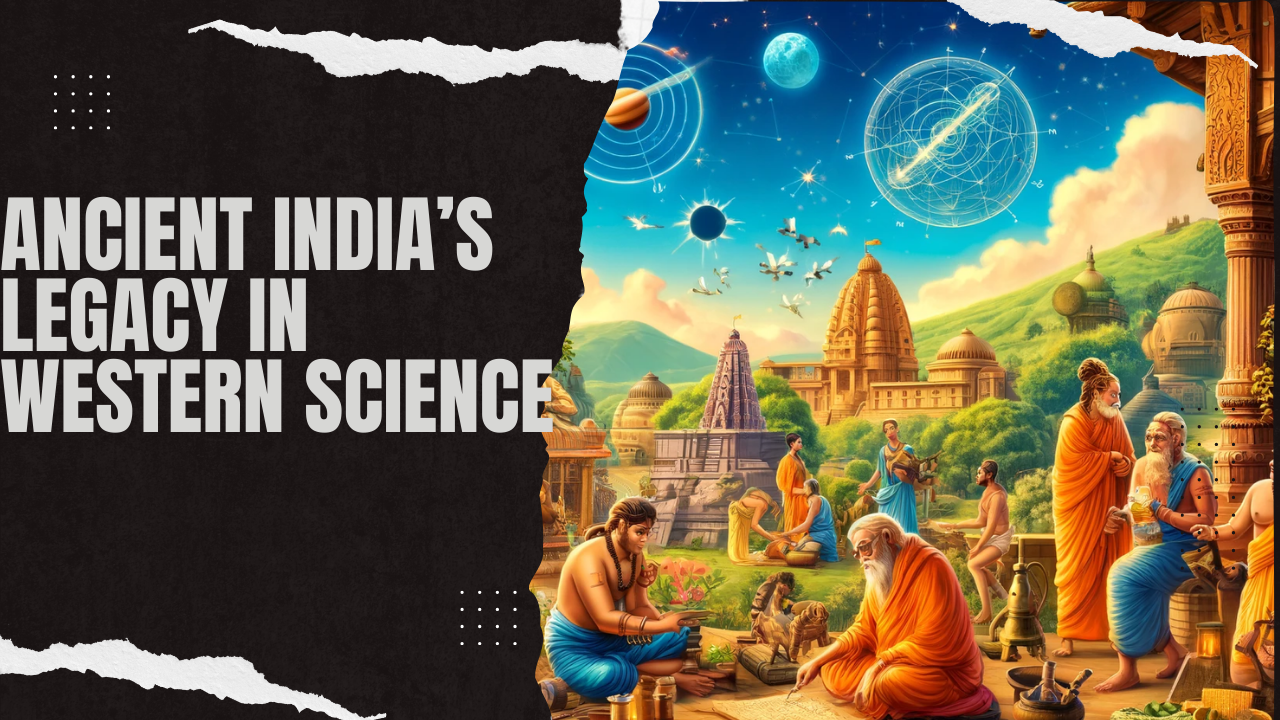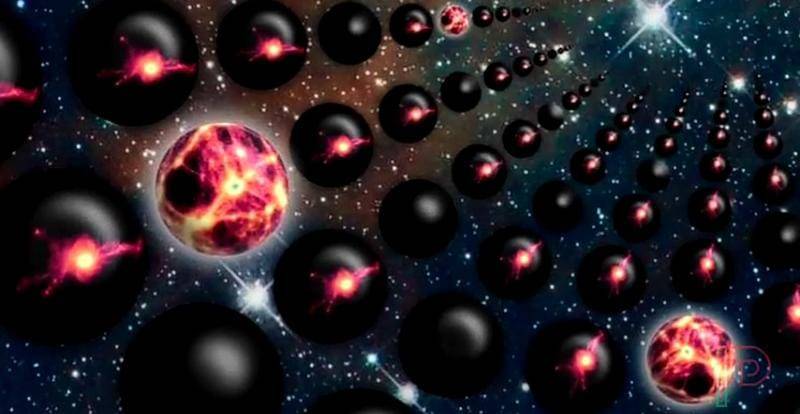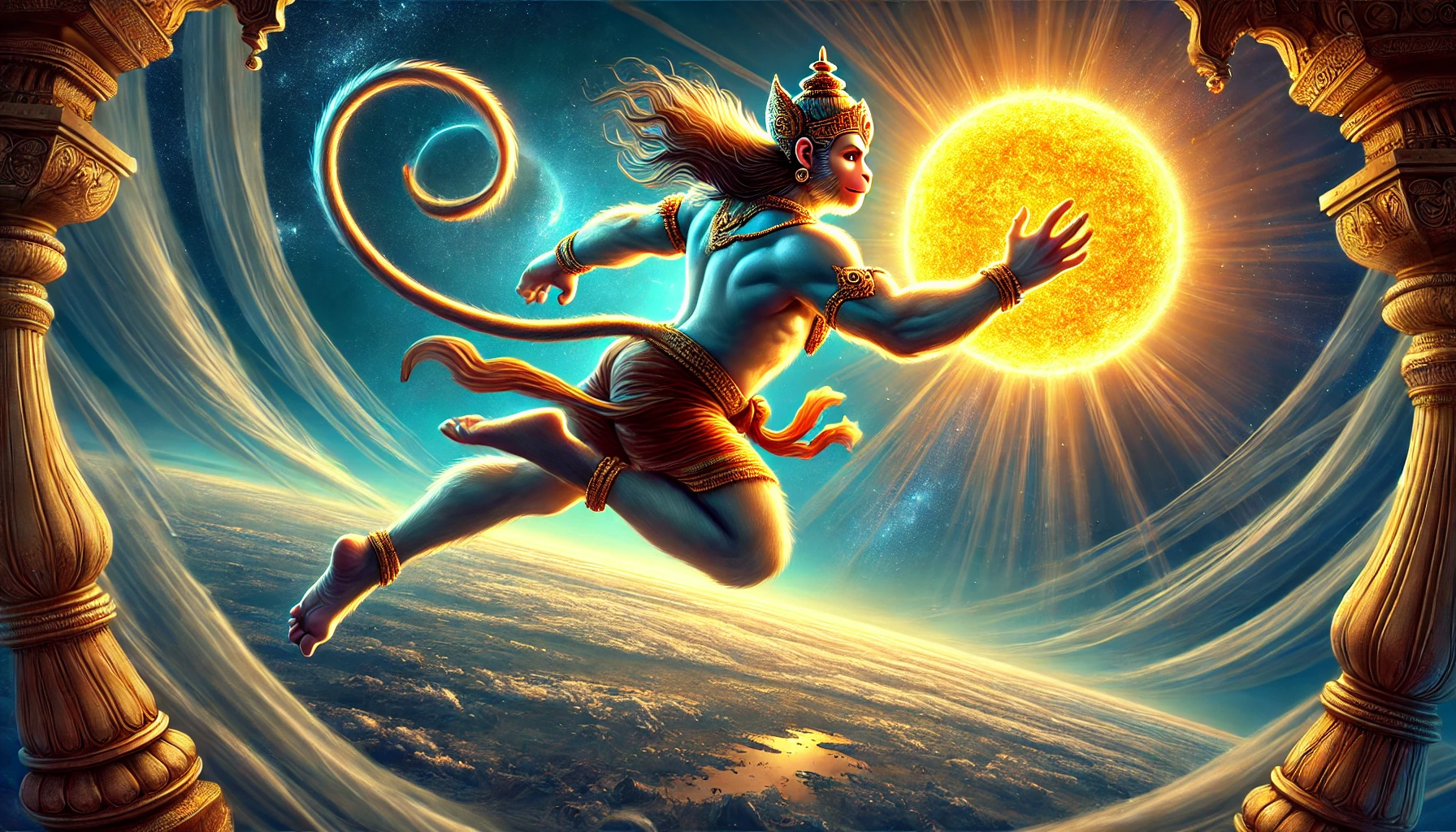
Vedic science, the broad spectrum of knowledge systems that originated in ancient India, is deeply intertwined with the philosophical, spiritual, and scientific development of early Indian society. Rooted in the Vedas, the oldest layer of Sanskrit literature composed around 1500 BCE, Vedic science encompasses a variety of disciplines including astronomy, mathematics, medicine, and engineering. These profound insights not only shaped ancient Indian civilization but also, intriguingly, influenced several modern Western scientific achievements. This blog post delves into the contributions of Vedic science to the Western world, revealing how ancient theories and inventions found new life thousands of miles away and millennia later.
it’s here concept of multiverse.

The Legacy of Vedic Science in Modern Western Thought
1. Mathematics and the Concept of Zero:
One of the most significant contributions of ancient Indian mathematicians to the world is the concept of zero. The idea of zero as a number with its own value and properties was first recorded in the 7th century CE in India. This concept was later transmitted to the Arab world, from where it made its way to Europe in the Middle Ages, revolutionizing mathematics in the West. The use of zero and the decimal system, detailed in the work of Brahmagupta, an Indian mathematician, laid the groundwork for modern calculus, computer science, and the digital technologies we rely on today.
2. Ayurveda and Modern Medicine:
Ayurveda, the ancient Indian system of medicine documented in the Vedas, emphasizes holistic wellness, combining diet, exercise, and lifestyle changes to prevent and treat illnesses. The practices and herbal treatments outlined in Ayurvedic texts have influenced modern holistic medicine practices in the West. Today, elements of Ayurveda can be seen in the popularity of wellness trends that emphasize mind-body harmony, herbal treatments, and dietary adjustments to promote health.
3. Yoga and Physical Wellness:
Yoga, another discipline arising from Vedic traditions, has seen a meteoric rise in popularity across the globe, particularly in Western countries. Modern yoga studios often combine aspects of Ashtanga, Vinyasa, and Hatha yoga—all of which have roots in ancient Indian texts. The therapeutic and fitness benefits of yoga, recognized in the Vedas, have been embraced by modern science, which supports yoga’s benefits in reducing stress, improving flexibility, and enhancing overall physical and mental health.
4. Vedic Astronomy and Modern Astrophysics:
Ancient Indian astronomers such as Aryabhata made early predictions about the heliocentric nature of the solar system, where the planets orbit the sun. These theories precede similar findings in the Western world by almost a thousand years. Aryabhata’s work on the rotation of the Earth on its axis and the reflection of light by the moon are concepts that have been integral to the development of modern astronomy and space science.
5. Metallurgy and Material Science:
The crafting of iron and steel in ancient India reached a level of sophistication that caught the attention of the Western world through archaeological discoveries. The Delhi Iron Pillar is a notable example, demonstrating advanced corrosion resistance and metallurgical technique. Western material science has drawn from these techniques, integrating them into modern metallurgical processes.
Truth about Lord Shiva’s Cosmic Dance need to know
Conclusion: The reach of Vedic science into the Western world is a testament to its depth and sophistication. These ancient innovations not only paved the way for modern scientific and technological advancements but also demonstrated the global nature of knowledge exchange. As we continue to explore and understand the contributions of ancient civilizations like India’s, we gain not only historical insights but also practical applications that can enhance contemporary science and technology. By recognizing the roots of these ancient sciences, we can appreciate the interconnectedness of human innovation across cultures and epochs.
